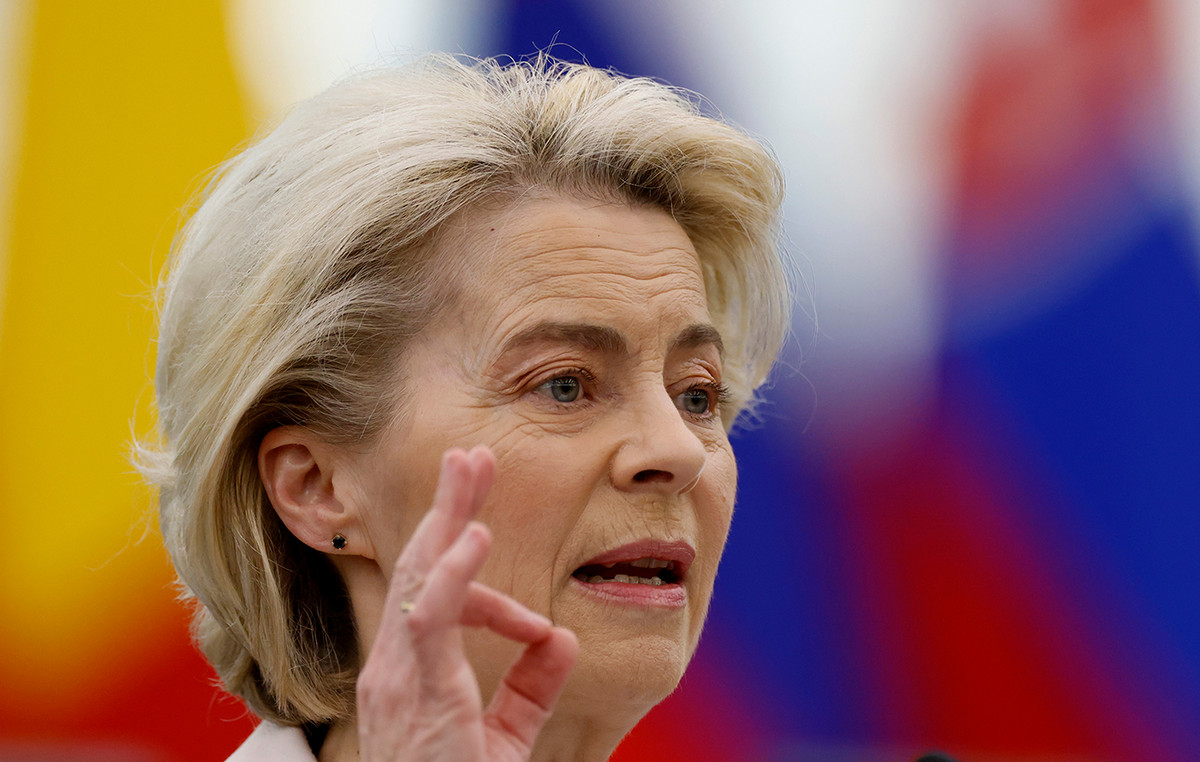- The Fed will publish the minutes of the monetary policy meeting held between April 30 and May 1 on Wednesday.
- Jerome Powell and company's discussions on the inflation outlook will be analyzed.
- Markets see a less than 40% chance that the Fed will keep the policy rate unchanged in September.
The Federal Reserve (Fed) will publish the minutes of the monetary policy meeting from April 30 to May 1 on Wednesday at 18:00 GMT. Investors will pay close attention to comments on the inflation outlook and the possible timing of a shift in monetary policy.
The Fed is expected to maintain its monetary policy in June and July
As expected, the Fed left its monetary policy unchanged after the April 30 and May 1 meeting. In its monetary policy statement, the US central bank stated that there has recently been a lack of progress towards the 2% inflation target. Regarding the quantitative tightening strategy, the Fed said it will slow balance sheet reduction by cutting the Treasury reimbursement limit to $25 billion a month from $60 billion starting June 1.
At the post-meeting press conference, Fed Chair Jerome Powell noted that the next monetary policy move was unlikely to be another rate hike, but explained that it might be wise to postpone rate cuts. interest if inflation proves more persistent and the labor market remains strong. Powell reiterated that they need to have greater confidence that inflation is moving towards 2% before considering a shift in policy.
Data released by the US Bureau of Labor Statistics showed on May 15 that the core Consumer Price Index (CPI) rose 3.6% annually in April. This data, which followed the 3.8% increase recorded in March, was in line with market expectations. In monthly terms, both the general and core CPI increased by 0.3%, after having increased by 0.4% in March.
According to CME's FedWatch tool, markets see little chance of the Fed cutting rates in June or July. However, the probability that the Fed will maintain the official interest rate in September remains around 37%.
In anticipation of the Fed's release, “the minutes of the latest FOMC meeting are likely to gain attention next week following the Committee's decision to communicate that 'higher for longer' remains the policy choice on the horizon.” upcoming,” TD Securities analysts noted, adding: “Attention will also be paid to new nuances regarding the decision to lower the QT.”
When will the FOMC minutes be released and how could they affect the US dollar?
The Fed will publish the minutes of the monetary policy meeting from April 30 to May 1 at 18:00 GMT on Wednesday. Investors will pay close attention to discussions surrounding the inflation outlook and will look for possible clues about the timing of the monetary policy shift.
Following the release of the April inflation report, several Fed policymakers adopted cautious language regarding the outlook for rates, while acknowledging modest progress on disinflation. San Francisco Fed President Mary Daly noted Monday that while she expects safe haven inflation to improve slowly, she does not expect progress to be rapid. Daly also noted that he is not confident that inflation will decline sustainably toward the Fed's 2% inflation target. Additionally, Fed Vice Chairman of Supervision Michael Barr said the Fed is in a good position to keep politics stable and monitor the economy.
Should the minutes show that policymakers are inclined to take a patient approach in easing policy in the face of strong inflation and favor a one-time rate cut later in the year, the US Dollar (USD) could hold its position compared to its main rivals. If the release suggests that officials are increasingly concerned about growing signs of slowing economic activity and remain optimistic about the inflation outlook, risk flows could dominate markets and hurt the USD.
Eren Sengezer, Chief Analyst for the European session, shares a brief technical outlook for the USD Index:
“The USD index (DXY) remains dangerously close to the 104.30-104.20 zone, where the 200-day and 100-day simple moving averages (SMA) meet. In case the index falls below this zone and start using it as resistance, technical sellers could move in. In this scenario, 103.70 (50% Fibonacci retracement of the January-April uptrend) could act as interim support before 103.00 (retracement). 61.8% Fibonacci Retracement). (end point of the uptrend).”
The Fed FAQs
The monetary policy of the United States is directed by the Federal Reserve (Fed). The Fed has two mandates: achieving price stability and promoting full employment. Your main tool to achieve these objectives is to adjust interest rates. When prices rise too quickly and inflation exceeds the Federal Reserve's 2% target, it raises interest rates, raising borrowing costs throughout the economy. This translates into a strengthening of the US Dollar (USD), as it makes the United States a more attractive place for international investors to place their money. When inflation falls below 2% or the unemployment rate is too high, the Federal Reserve can lower interest rates to encourage borrowing, which weighs on the greenback.
The Federal Reserve (Fed) holds eight meetings a year, in which the Federal Open Market Committee (FOMC) evaluates the economic situation and makes monetary policy decisions. The FOMC is made up of twelve Federal Reserve officials: the seven members of the Board of Governors, the president of the Federal Reserve Bank of New York, and four of the eleven presidents of the regional Reserve banks, who serve for one year on a rotating basis.
In extreme situations, the Federal Reserve can resort to a policy called Quantitative Easing (QE). QE is the process by which the Fed substantially increases the flow of credit into a clogged financial system. It is a non-standard policy measure used during crises or when inflation is extremely low. It was the Fed's weapon of choice during the Great Financial Crisis of 2008. It involves the Fed printing more dollars and using them to buy high-quality bonds from financial institutions. QE usually weakens the US dollar.
Quantitative tightening (QT) is the reverse process of QE, whereby the Federal Reserve stops buying bonds from financial institutions and does not reinvest the capital of the maturing bonds it has in its portfolio to buy new bonds. It is usually positive for the value of the US Dollar.
Source: Fx Street
I am Joshua Winder, a senior-level journalist and editor at World Stock Market. I specialize in covering news related to the stock market and economic trends. With more than 8 years of experience in this field, I have become an expert in financial reporting.







